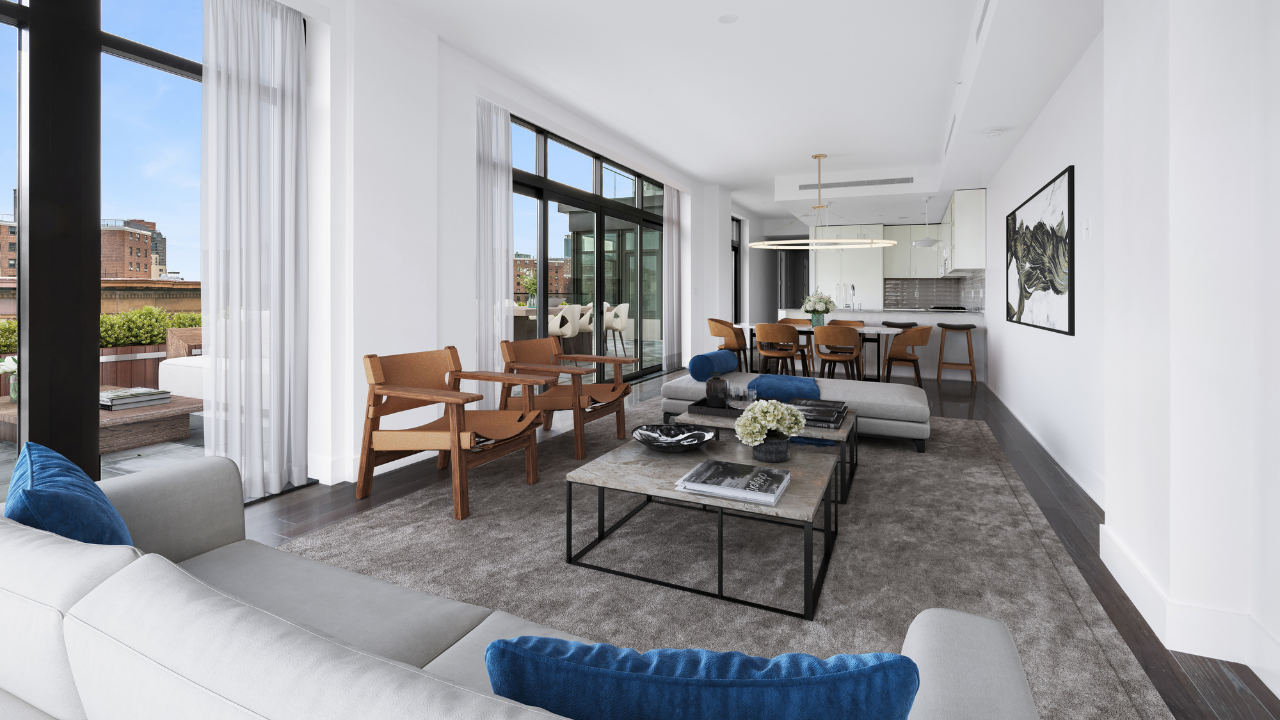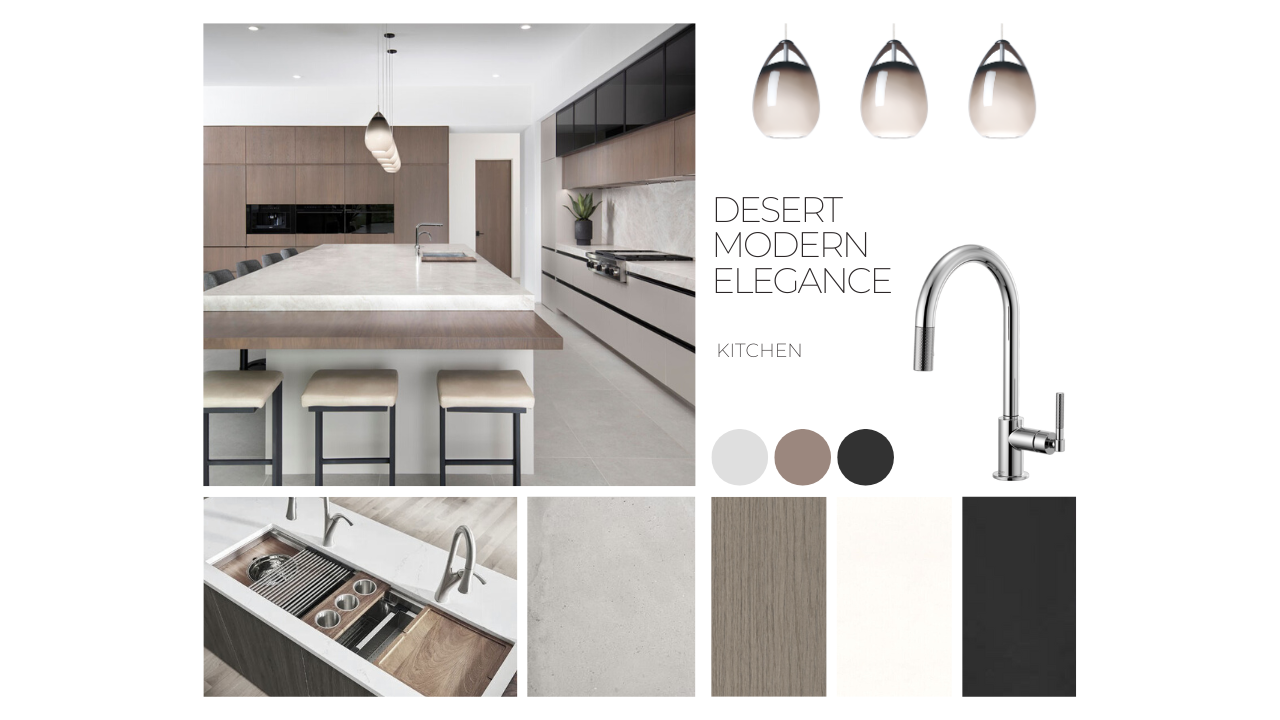
If you want a home that speaks to who you are and what you love – a home that really suits you – design trends are not the way to go.
It's easy to pick up magazines, read blogs or watch TV shows with a ton of great design advice that pulls you in and makes you want to revamp your space to look just-like-that.
But, I have to tell you that following design trends is one of the biggest mistakes I see people make in their own home.
Instead of diving into the process of asking questions about how you want to live and what you need — really taking a look at your life and your home and creating a vision that's right for you and your future — people will sometimes try to recreate a popular look.
The best interiors come from spaces where people let their personal style rise to the surface.
Your aesthetic becomes synonymous with your personality, your passions, your values and beliefs, how you grew up and who you aspire to become.
I know that's what you're really craving for your home.
Below I share 6 strategies for how to identify your personal style and translate it into your home's interior design.
1. WRITE DOWN WHAT YOU LOVE
Cultures, food, music, colors, animals, family, textures, scents, sports, restaurants, hotels, books, etc. What you love is going to be unique to you. Knowing yourself is key!
2. TAKE PICTURES OF THINGS YOU SEE WHILE YOU'RE OUT
It could be nature scenes, it could be a gorgeous front door. Document things that catch your eye, save them in a folder on your phone and review them to find common threads and inspiration.
3. DESCRIBE HOW YOU WANT TO FEEL WHEN YOU GET HOME
There's a famous quote in design that says form follows function. You can start building your design around your lifestyle. For example, start to notice key times during the day, like getting home from work or kids heading off to school.
Maybe you notice that in the afternoon when everyone gets home clutter tends to builds up and causes you to have to spend an extra 30 minutes in the evening tidying up.
You can take that information about the functionality you need and come up with a design solution. You could put a catchall tray near the door for keys and sunglasses, add a console with drawers in your foyer, shelves with storage bins in your coat closet or install coat/backpack hooks in your mudroom.
Keep repeating the mantra form follows function and you'll know when you've got the right design solution.
4. TAKE NOTE OF COLORS AND TEXTURES YOU GRAVITATE TOWARDS
You can look at images in design magazines like Elle Decor, Luxe or Architectural Digest and tear out examples. You can browse flower arrangements or dinner party decor. You can take pictures inside hotel rooms or restaurants.
You can also take Lori Weitzner's color quiz. She's a well-known designer who worked with psychologists and scientists to formulate eighteen questions that guide you to the color world that best suit your home and work interiors and enhance the way you live. I took the quiz and it was spot on.
5. WHAT DON'T YOU HAVE SPACE FOR AT HOME?
As human beings we're always growing and changing. There's inevitably something (an activity, a hobby, meditating, a vanity area, a new business, a garden, etc) that you feel like you don't have space for in your home.
Identify what you need and carve out a space for it. No matter how small your place is, there's always a way. Once you know what you need, you can go online and look for creative solutions.
6. WHAT DO YOU WANT TO ACCOMPLISH OVER THE NEXT YEAR
Most people underestimate how much their home effects the way they think, feel and operate on a day-to-day basis. This means it also affects your future.
Your home should support your goals and where you're headed in the future, not hold you back.
If you want to start a business you need some form of a space to work. If you want to learn to play the piano, you need a space to practice. If you want to get in the habit of exercising at home in the morning before work, you're going to need space to stretch, store weights and workout.
Identify your goals and build the support into your home. Your home should evolve as you do — not as trends come and go.
Do you feel like your home is a true representation of you and your family right now? Are there any changes you feel inspired to make or try after reading this post?
Thank you for being here!





